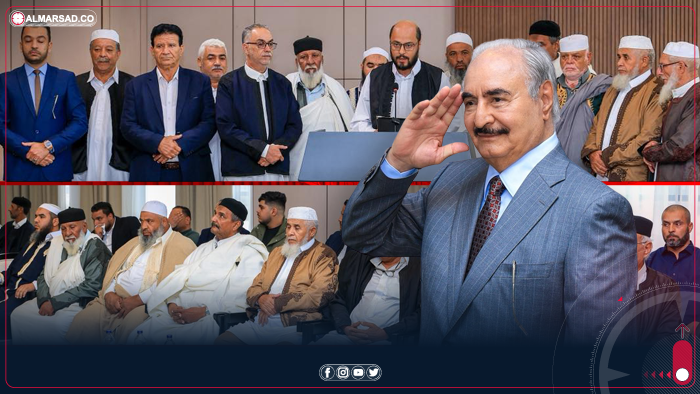Tripoli and Zawiya — Explosions, masks, and military ranks in an unbearable scene of lawlessness
Al-Shurafa: A child killed, no investigation, no response
Less than a week after a stray shell struck the Al-Shurafa district of Zawiya, killing young Muadh Marwan Al-Marghani and injuring his brother Abdulrahman, neither the Government, the Ministry of Interior, nor even the municipal council have announced any investigation. No statement, no demonstration, not even a symbolic act of mourning. Muadh died without ever knowing why, adding yet another page to Libya’s growing book of deferred justice and fear.
Gharghour: Armed “officers” rob in broad daylight
Before the shock of Zawiya faded, another outrage erupted — this time in Tripoli’s Gharghour district. Citizen Abdulhakim Al-Dali opened his currency-exchange shop early in the morning when a white, tinted pickup truck stopped outside. Four men dressed in full military uniforms, all masked and armed with Kalashnikovs and pistols, entered. The uniforms and ranks matched those of the Ministry of Defense headed by Prime Minister Abdulhamid Dbeibah, whose deputy minister Abdulsalam Zoubi was recently promoted to lieutenant general without explanation — raising the question: was that promotion meant to enforce order, or to empower impunity?
Inside, the men demanded “money or life.” When Al-Dali locked one of the drawers containing cash, one attacker shot him in the leg. The robbers fled moments later with whatever cash was outside the safes. Al-Dali and his employee survived, but the gunmen vanished — another “unknown group” in the long list of armed crimes gripping western Libya.
A pattern of armed looting and kidnapping
This was not an isolated event. Five weeks earlier, armed men in an armored vehicle robbed the deputy head of LG’s agency in Tripoli of 7.5 million dinars. On September 17, businessman Hisham Al-Takazi was similarly ambushed, robbed of 4.5 million dinars, and abducted — another case that vanished without resolution.
Ghout Al-Sha’al: A crime filmed by neighbors
In Ghout Al-Sha’al, a young woman was found murdered in her apartment. The perpetrator, later identified as a member of a security apparatus, killed her with a sharp digging tool. A neighbor’s video captured the horrific scene — showing the accused, Saif Al-Din Al-Ruqai (nicknamed “Shalbi”), beating the victim mercilessly.
An Interior Ministry paralyzed, a system of impunity
These crimes, among many others, have turned western Libya into a hub of insecurity and criminality. Civilians are killed, robbed, or kidnapped without cause or accountability. The Ministry of Interior, under Imad Trabelsi, has failed to impose order or punish offenders — even those with official cover. The deeper issue is the absence of institutional oversight and discipline inside the security apparatus itself.
When citizens no longer feel safe from the very forces meant to protect them, the problem ceases to be administrative — it becomes a crisis of trust between people and the state.
The path to reform
Restoring the state’s authority begins with cleaning the Ministry of Interior from within: removing rogue elements, rebuilding a professional, accountable structure, and redefining its purpose — to protect citizens, not terrorize them.
The “civil state” paradox
Today, Libyans mock the phrase “civil state” so often invoked by officials in the west. While they brand the east — the parliament-backed government and army zones — as “military-ruled,” those same eastern regions enjoy relative security and visible reconstruction. Foreign companies now operate safely from Sirte to Tobruk, and from the Mediterranean coast down to Kufra and Ghat. The recent Arab Media Forum in Benghazi and the “Reconstruction Cup” football match between Inter Milan and Atlético Madrid are testaments to that contrast.
Meanwhile, the west sinks deeper into armed chaos, extortion, and the erosion of public faith.
No nation can be built under the shadow of guns. No civil state survives in the hands of outlaws.


